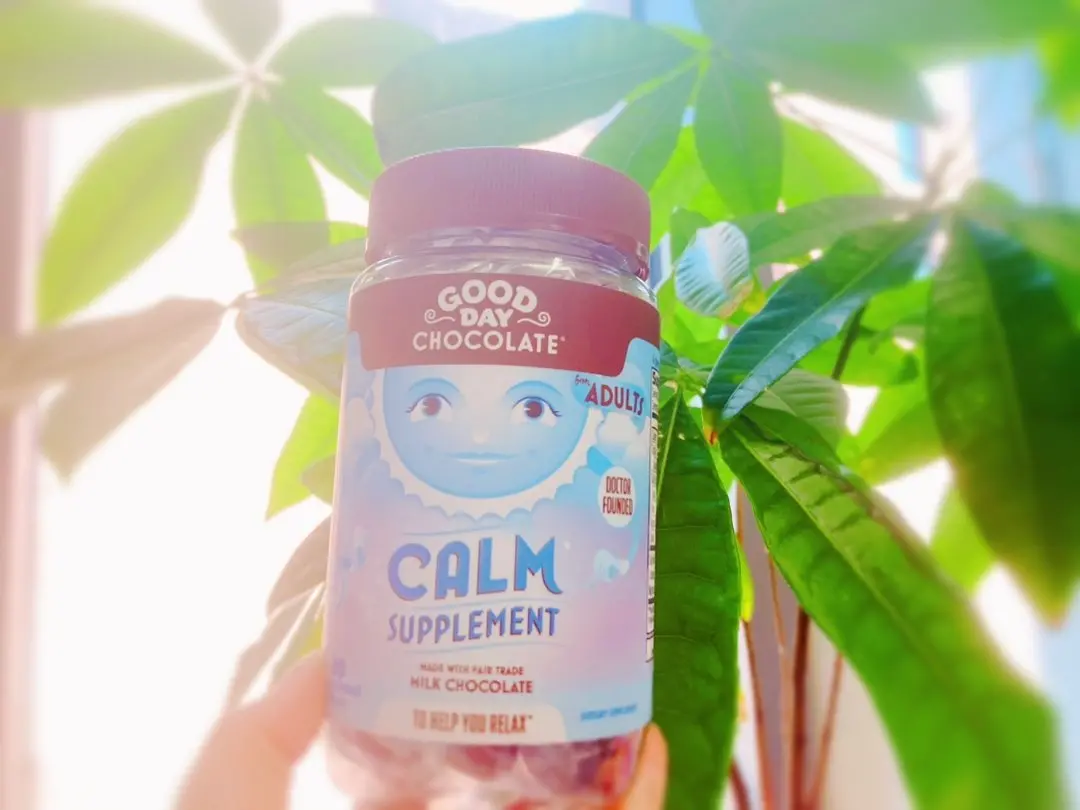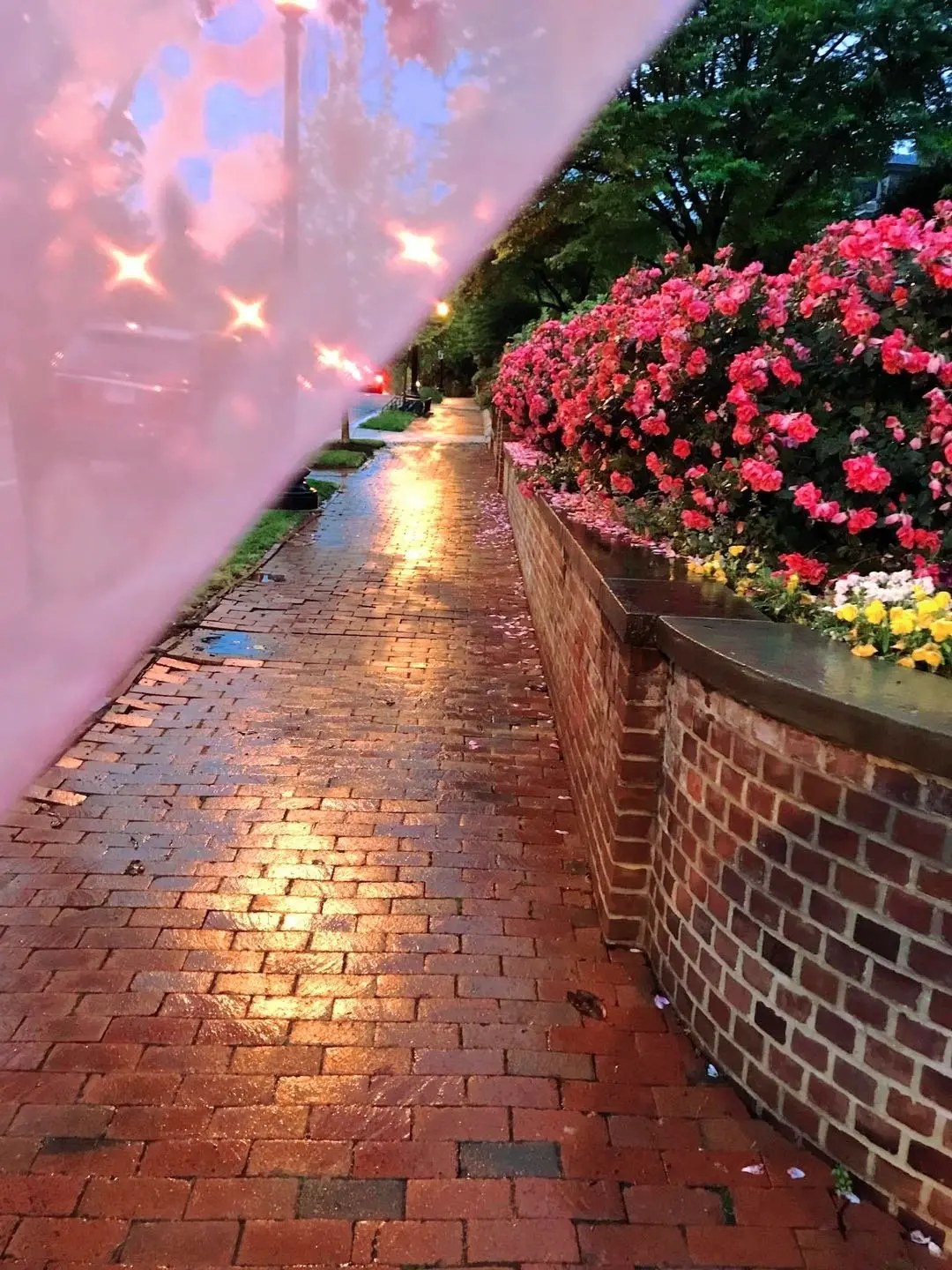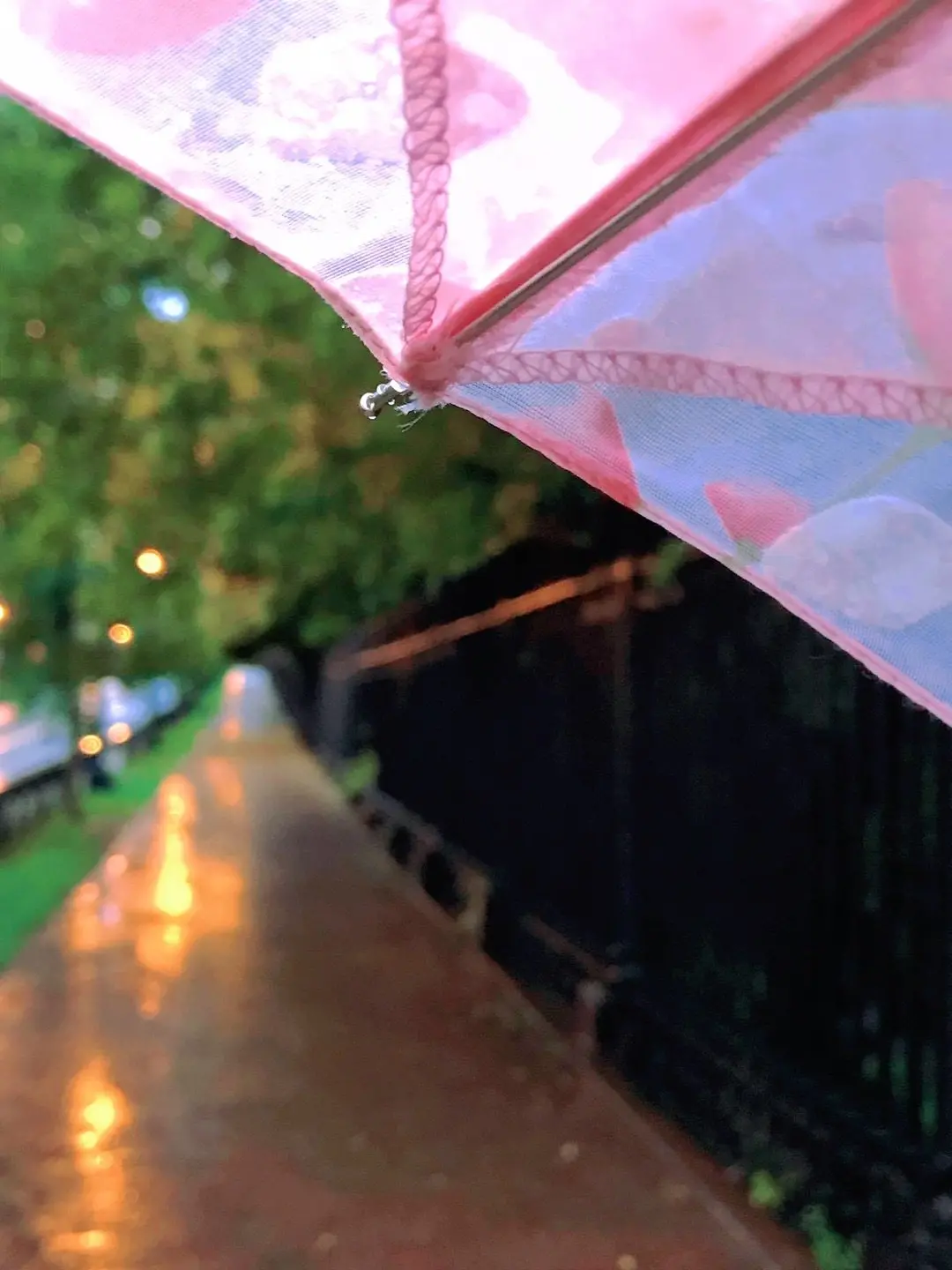What happens when you see a psychotherapist? How do psychiatric medicines work?
This article will be particularly suitable for students who need help but have been hesitant. I’ve also summarized the current common classifications of antidepressants and anti-anxiety medications, explaining the mechanisms of how they can assist you.
Additionally, summer is a good time to prepare for fighting the seasonal affective disorder (SAD) which is more common in autumn and winter. It’s a good time to stock up on mental and physical resources and build a psychological fortress. The second half of this article will share some small strategies and items to dispel depressive emotions.
Get Prepared to Greet the Beautiful Dawn (Original photo)
(This article does not represent any medical advice, but is a summary of literature and individual experiences) (All medications require a prescription, please consult your doctor and do not self-medicate) (Differences in Individual conditions are significant, this article is not comprehensive)
Depressive feelings can affect our quality of life, physical health, and may develop into long-term depression. I hope we all take it seriously, but at the same time, understand that it is very common. If needed, be sure to seek professional help and face it positively!
Healing Formula: Therapy + Medication + Self-care
The last one is crucial!
Self-care: Get More Sunlight (Claire’s Original Photo)
Self-care: Get Some Exercise (Claire’s Original Photo)
Seeking Doctor’s Help:
If you are a student, there will be a mental health office at school. Psychological counseling is usually included in student health insurance, so don’t hesitate, just go to the front desk or make an appointment by phone. If you are no longer a student, the following process might be roughly similar.
Step 1:
The first appointment will have you fill out an assessment questionnaire, including personal information, current emotional status, recent psychological state, etc. This test will give the first doctor who receives you a reference.
Step 2:
The first doctor you meet, whom I call the “allocator,” will first chat with you to understand your psychological state and treatment needs. They will also ask about your general background.
Based on your questionnaire answers and your conversation, this doctor will decide on a general treatment direction and refer you to a therapist who is suitable for you. If they deem it necessary, they will refer you to a doctor who can prescribe medication.
There are two types of mental health professionals: Psychologists and Psychiatrists. The former is responsible for therapy (talk therapy), and the latter is responsible for medication therapy.
At this stage, you can express whether you only want psychological counseling, or both therapist and psychiatrist.
Step 3:
Chatting with the Therapist
You will establish mutual trust through conversation. After that, set a regular meeting time.
Therapists are usually Ph.D. or Master’s degree holders in psychology.
Step 4:
If you decide you need medication, you will set up regular meeting times with a doctor who can prescribe it.
This doctor would be an MD specialized in psychiatry.
This doctor won’t talk much about in-depth emotions with you. They mainly ask about your symptoms to determine which medication suits you.
Tips:
- Psychiatric medications generally take about three weeks to take effect, do not stop them on your own, or it will be in vain.
- The dosage should be increased or decreased gradually, do not choose to take more on the bad mood days and completely stop on the good mood days.
- You have the freedom to change doctors, counselors, or institutions. You also have the freedom to decide whether to take medication and whether to continue treatment.
A tree that stands up by itself, no matter how unconventional the environment gets (Claire’s Original Photo)
The General Mechanisms of Commonly Used Medications
As shown in the figure, our brain has countless nerve cells. The brain sends commands to nerve cells, and the nerve cells communicate the commands to the cells responsible for specific functions. The messengers between these cells are neurotransmitters.
Neurotransmitters are released by one cell and received by receptors on the next cell, thus transmitting signals. The unused ones are recycled by the nerve cells for reuse ♻️ (as shown in the figure).
Neurotransmitters at the synaptic junction (Claire’s Original Photo)
Antidepressants and anti-anxiety medications mainly increase certain neurotransmitters between cells:
- Dopamine, responsible for feelings of pleasure and excitement.
- Serotonin, which governs happiness, regulates intestinal motility, and is the precursor of melatonin responsible for sleep.
- Norepinephrine, responsible for alertness and vigilance.
Types of Medications:
Artistic picture of flower and medications (Claire’s Original Photo)
1️⃣ First-generation: Mainly tricyclic antidepressants (TCAs) and monoamine oxidase inhibitors (MAOIs). Due to side effects and the development of second-generation drugs, they are not commonly used. (Reference 1.)
They mainly increase the amount of serotonin and norepinephrine between cells.
Mainly [enhance motivation, happiness, mild sedation]
Example: Amitriptyline (Elavil), a tricyclic antidepressant.
2️⃣ Second-generation [SSRIs]: They selectively block the reuptake of serotonin ♻️.
Mainly [reduce anxiety, enhance happiness, regulate sleep]
Examples: Fluoxetine (Prozac), Paroxetine (Paxil, Pexeva), Sertraline (Zoloft), Citalopram (Celexa), Escitalopram (Lexapro).
3️⃣ Second-generation [SNRIs]: They block the reuptake of serotonin and norepinephrine ♻️.
Mainly [reduce anxiety, enhance motivation].
Examples: Duloxetine (Cymbalta, Drizalma Sprinkle), Venlafaxine (Effexor XR), Desvenlafaxine (Pristiq), Levomilnacipran (Fetzima).
4️⃣ Atypical antidepressants: Increase the release of serotonin and block its reuptake ♻️. (Reference 2.)
Mainly [aid sleep, anti-anxiety, sedation. Do not enhance motivation. (No sexual dysfunction side effects)]
Examples: Mirtazapine (Remeron).
5️⃣ Atypical antidepressants: Block the reuptake of dopamine and norepinephrine ♻️.
Mainly [enhance excitement, enhance motivation, anti-depression, but not anti-anxiety, not sedative!. (No sexual dysfunction side effects)]
Examples: Bupropion (Wellbutrin).
Mind Healing Tips
-
Healing Seasonal Affective Disorder (SAD): Sunlight therapy lamps are a good choice, they can simulate summer sunlight!
They block most UV but retain other sunlight ☀️ factors, supplementing Vitamin D! -
Daily Mood Booster - Chocolate:
 Calming chocolates (Claire’s Original Photo)
Calming chocolates (Claire’s Original Photo)
I found this at Safeway. It is not a medication, you might treat it as a supplement or just snacks.
It also has an energetic version, sleep-aiding version, and children’s multivitamin version.
- Let’s not repetitively suggest things like “making more friends” or “go out, meet new people…”. For some individuals, depression is like the soul got tired, then don’t force it to socialize. Sometimes, Loneliness gives you mental space to focus on healing.
When you’re tired, just unload all burdens, curl up, and self-care, self-care, self-care.
For example: Aromatherapy, skincare, doing a facial mask, cooking a simple meal, or enjoying the free sunshine ☀️…
-
Jump out of the loop: When you feel trapped in sadness 💔, immediately do something else, go for a walk. Physical activity can pull your brain 🧠 out of the thought loop.
 Walk in fresh air after rain (Claire’s Original Photo)
Walk in fresh air after rain (Claire’s Original Photo) Walk in fresh air after rain (Claire’s Original Photo)
Walk in fresh air after rain (Claire’s Original Photo) -
When self-care helps you get moving a bit, exercise a little.
The endorphins from exercise that make you feel refreshed can’t be increased by any medication. Instead, exercising is a great way to increase your endorphin level!
(Claire’s Original Photo)
Alright, it’s easier said than done. Only those who have been through it know. This article does not intend to preach, it only offers practical tips!
References:
(Stephen M. Stahl et al, 2004) doi: 10.4088/pcc.v06n0403.
(Khushboo et al, 2017) doi: 10.15406/jabb.2017.03.00082.